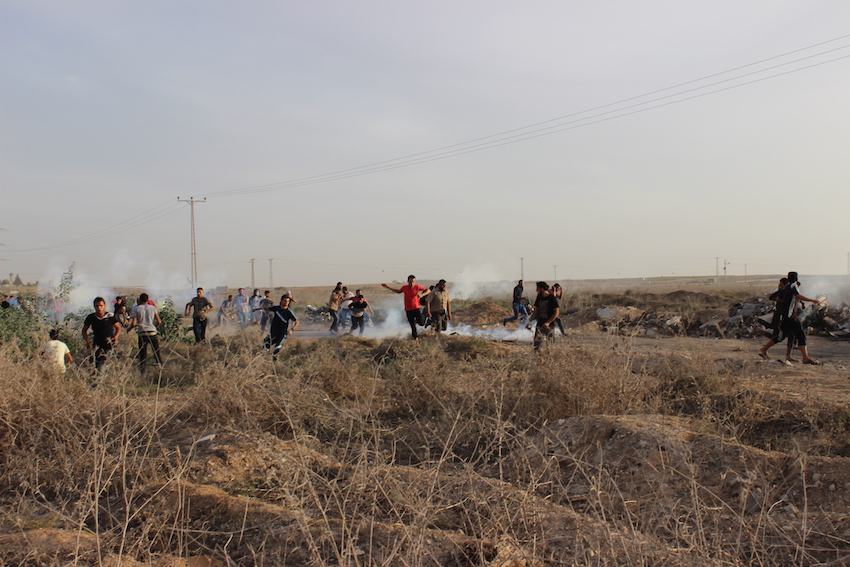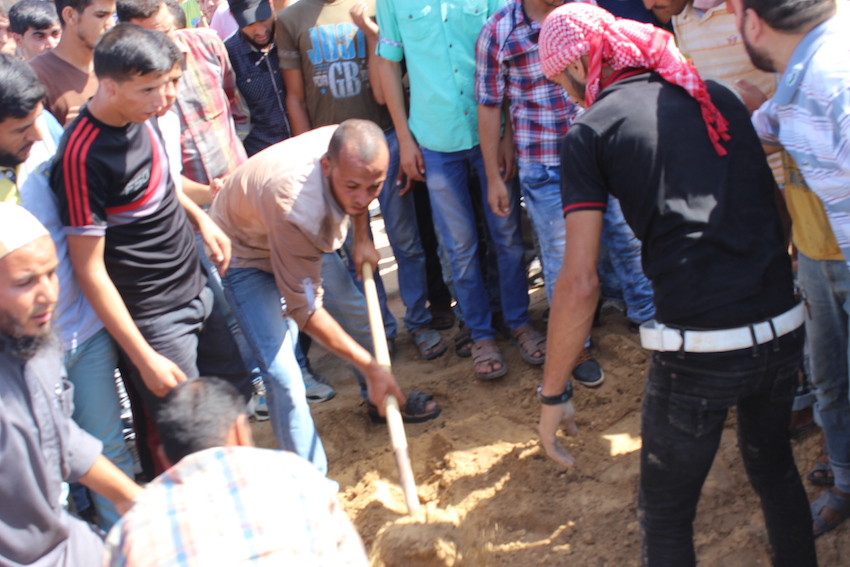Category: Photo Story
-
Surviving in Khuzaa: life in the caravans
30th October 2015 | International Solidarity Movement, Gaza team | Khuzaa, Gaza Strip, occupied Palestine Almost a year and a half after the Zionist massacre of Gaza ended, most families in Khuzaa are still waiting for international aid and materials for reconstruction. Many of these families are living with their relatives or renting another…
-
65 Injured in Friday clashes in Gaza
23rd October 2015 | International Solidarity Movement, Gaza team | Gaza Strip, occupied Palestine Images from clashes today in Nahel Oz (Shijaia), Occupied Gaza strip. More than 20 Palestinians were injured in the Gaza strip today from a combination of live ammunition and teargas inhalation. Journalists and paramedics were targeted during the clashes, at least…
-
Funeral for yet another martyr in Gaza
23rd October 2015 | International Solidarity Movement, Gaza team | Gaza Strip, occupied Palestine Thousands of persons attended the funeral of Ahmad Serhe, 27 years old, in Deir El Balah on 21st October 2015. He was killed the day before in Bureij by an Israeli sniper.



